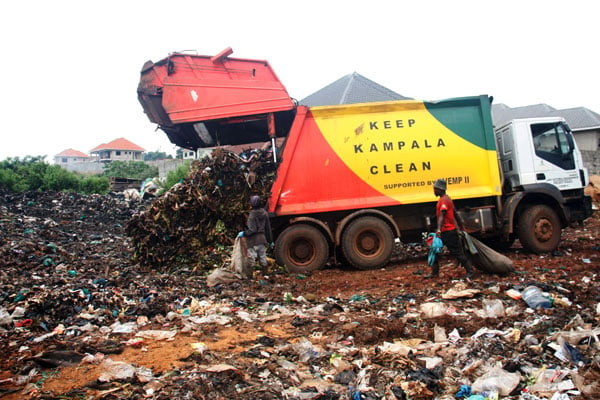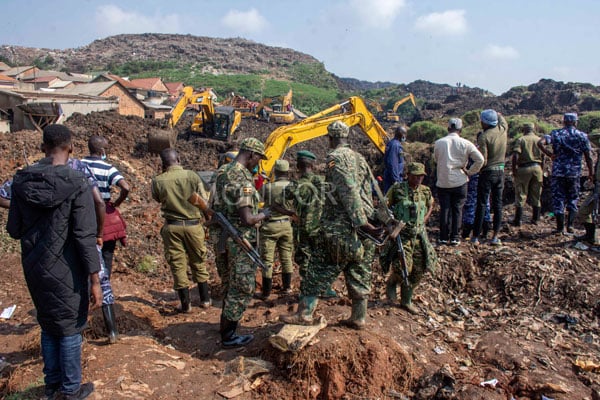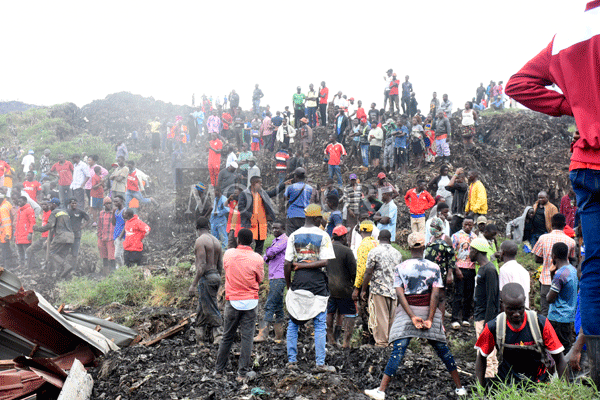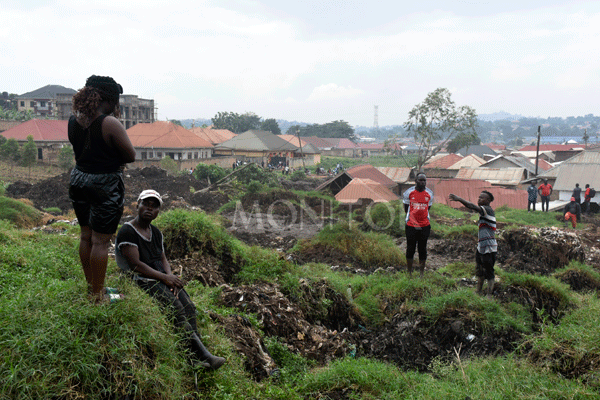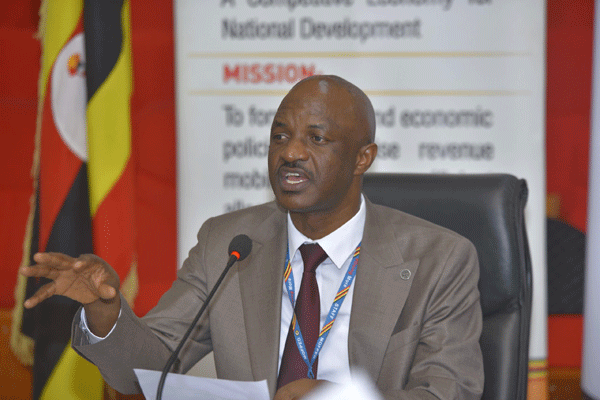
Police officers oversee the search and rescue operation at Kiteezi landfill on August 13, 2024. PHOTO / Michael Kakumirizi
The collapse of a section of the landfill at Kiteezi has ignited a debate about how the facility was mismanaged, leading to the Saturday morning tragedy.
But how did this landfill come about?
Mr Karuma Kagina, a 76-year-old former deputy engineer and surveyor at then Kampala City Council (KCC), explains the role he and his boss, George Akol, played in the establishment of Kiteezi landfill.
He recalls that in the late 1980s, KCCA was not in the business of collecting rubbish.
He suspects that the only official garbage dumping site, which the colonial government had created for Kampala was in Wakaliga, between Mengo and Nateete. However, Mr Kagina explains that this site also filled up and Kampala residents started dumping garbage on Lugogo Bypass, Sir Apollo Kaggwa Road, Ggaba Road and Kibuli Hill, among other areas.
“KCC was forced to look for land, which was big enough for dumping garbage because Wakaliga was becoming small,” he said in an interview on Monday.
“We identified the land in Kiteezi which was a bush then. You will realise that each time you open a road, the road starts attracting people. The mistake we made was not fencing off that land,” he added.
Mr Kagina explained that when they initiated the Kiteezi project, KCC never had garbage trucks because garbage at the time was not considered a serious public health issue.
He explained that as the officers overseeing the city engineering, planning, road construction and building control, their mandate didn’t entail supervising garbage collection.
However, after observing that the mandate had been assigned to the ill-equipped and poorly funded Solid Waste Management unit under the Department of Public Health, Mr Kagina said they decided to carry out a study on how much garbage is generated in the city.
They found out that for every kilogramme of food a Kampala resident eats, they generate three kilogrammes of waste.
“People were informed that the rubbish was supposed to be incinerated by spraying petrol and burning it but unfortunately, they did not do sorting of rubbish,” he said.
“That is why in Kiteezi, you find broken glass mixed with metals. The department never took shape, they never had money to buy garbage trucks because it had no resources,” he added.
The former KCCA deputy engineer said when Kiteezi started filling up, they came up with a proposal to open a bigger dump fill to manage the garbage. However, he said the procurement of the land became heavily politicised and had not been bought by the time he left office.
Asked what KCCA are doing now to ensure that the department continues the work that predecessors started to save the city from the current garbage mess, Eng Justus Akankwasa, the director of Engineering and Technical Services, said garbage management does not fall under his docket.
“Our role is to construct access roads but the operations and maintenance of landfills fall under public health, but the plan has always been to relocate to Ddundu [Mukono],” he said.
Mr Daniel Nuwabine, the KCCA public relations officer, said they bought land at Ddundu in Mukono and they are carrying out feasibility studies of establishing it as an energy-generating facility instead of a landfill.
“We do not want to introduce another Kiteezi in Ddundu. There is a team on the ground doing feasibility studies so that we can get the necessary licence. It will not be a dumpsite but a processing plant. The ash from the plant can be used to make pavers or tiles,” he said.
